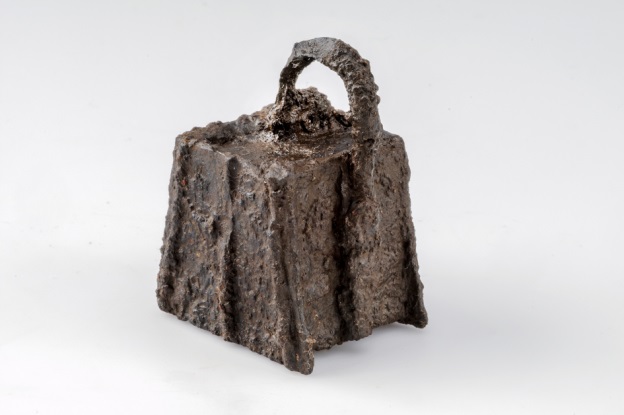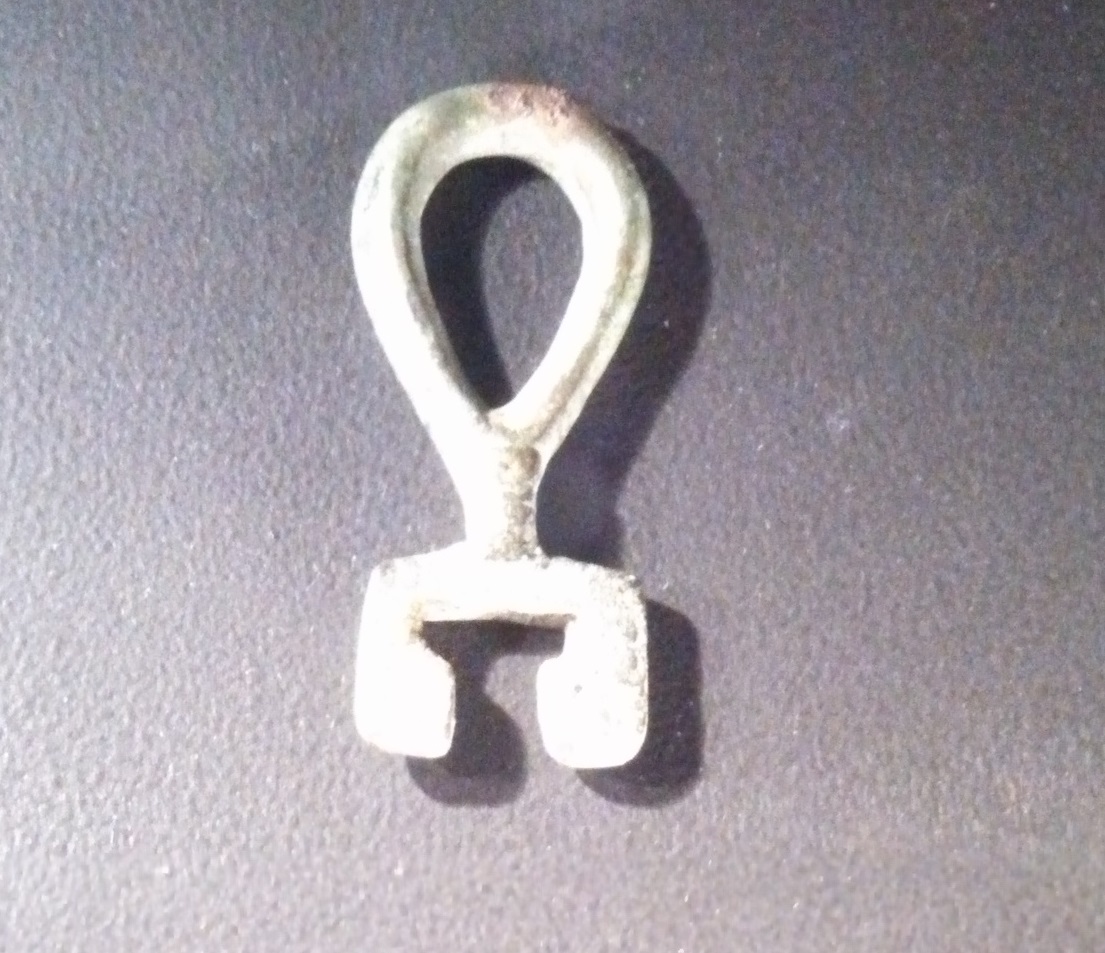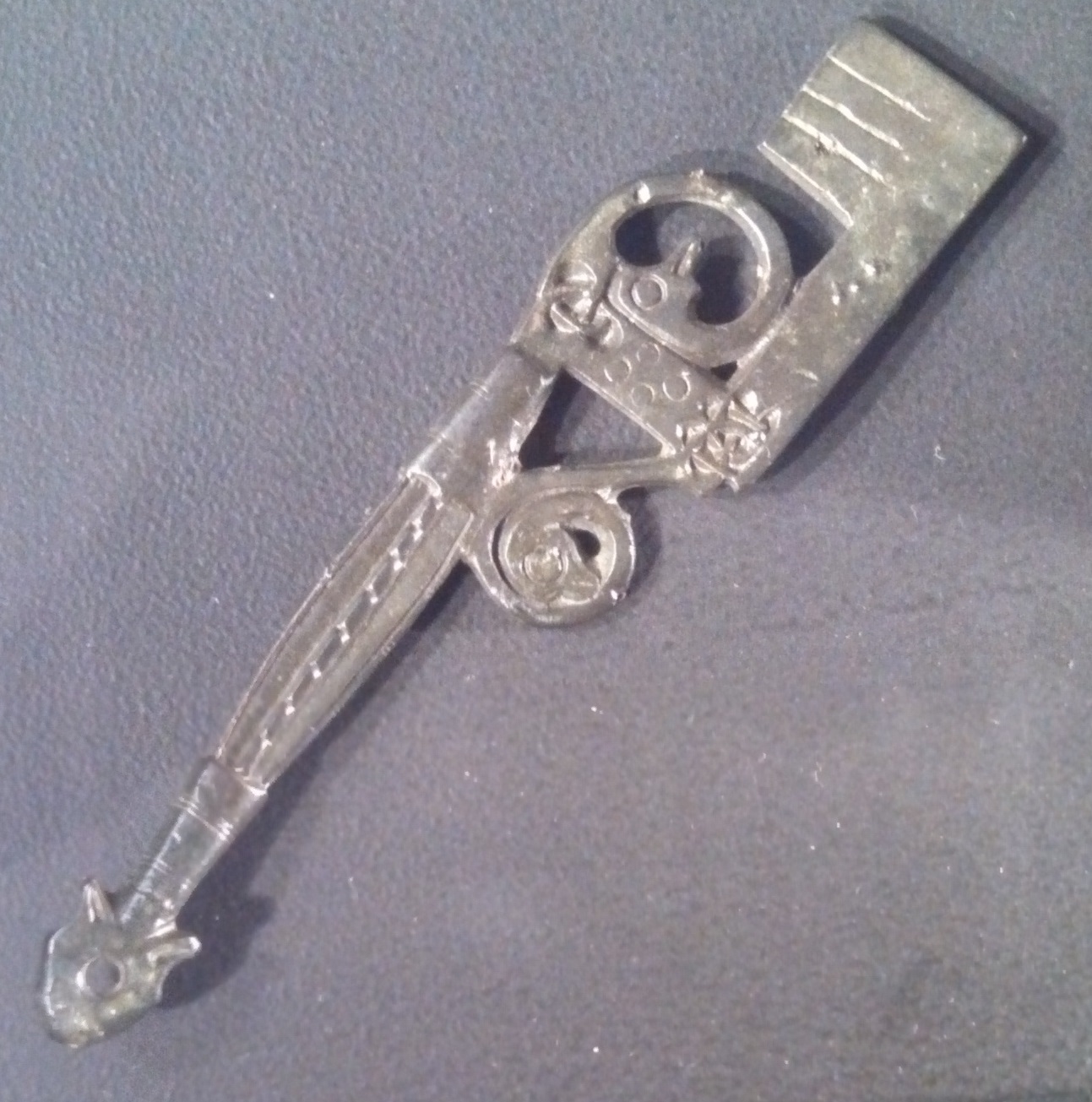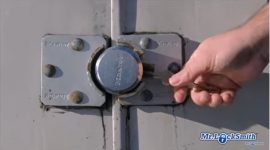Keys on Display at the Royal BC Museum
This week Mr. Locksmith will be visiting The Royal BC Museum to have a special in depth look at the locks and keys on display in the museum. The Royal BC Museum is one of British Columbia’s largest and most prominent displays of historical material cultural. Among their collections include numerous locks and keys. Included in the regular displays are latch keys from the Kamloops residential school, the ignition key for the HMS Princess Victoria, and the front door key to a Victorian era Helmcken House. Currently the museum is host to a Viking exhibition which contains several Viking age locks and keys. For many of these objects, this is the first time they have been on display outside of the Swedish museum in Stockholm.
Check out the Royal BC Museum Webpage for more details. http://royalbcmuseum.bc.ca/
Viking keys are often found in women’s graves. This has included in the argument that women had significant power in Viking society – as keepers of property and the home. The keys are often found on decorative chains along with other forms of jewelry. Occasionally, Viking keys are found with no evidence of use, and often lack the cuts or biting that are typically necessary for functioning keys. These ‘symbolic’ keys are often interpreted to indicate high status.
The Viking keys are placed next to a symbolic key and 2 pendants, 1 Valkyrie pendant and 1 chair pendant. The implication is that these are typical goods that would be found in a women’s grave. What is unclear is if these objects are representative of a single grave’s content or multiple graves contents. According to this section, there are much more real keys than symbolic. A woman may have 4 keys, a symbolic key, and 2 pendants belonging to her. If this is material from multiple grave sites, it still implies that keys are much more common than pendants (which makes sense because those pendants have much finer detail than the key).

Viking decorative key. This finely crafted key indicates the aesthetic value that keys held as a form of jewelry and the complex craftsmanship that went into making keys.

Viking latch key. This key resembles latch keys found on Egyptian, Greek and Roman door locks. Typically, the cuts fit into a bar of wood and manually lift and slide the bar to unlock the door.

Viking padlock. The key would then slide up the padlock, depressing the spring and releasing the bolt. Spring locks similar to this are found in China and other parts of Asia.

Viking Ring Key. This ‘ring’ key fits on the finger and opens Viking age locks. The lock likely used a spring system to keep the bolt locked. The key was inserted into the lock and depressed the spring between the two metal prongs.

Viking symbolic Key. This is a good example of a Viking age ‘symbolic’ key. Note that the key is highly decorated, and only has superficial biting or cuts. Symbolic keys are often found in women’s graves along with jewelry and other keys.
For more information regarding the Viking Exhibition, check out the Stockholm Swedish History Museum Flickr site. https://www.flickr.com/photos/historiska
The museum also has interesting keys in the permanent collection, including the HMS Queen Victoria door key. The ship key is placed next to pictures of the ship and other iconic images of seafaring colonialism. The room has a quarter of a ship bursting through it and audio clips of sea gulls lull softly in the background. The overall impression of this room is that it is about the might of man and machine.
The latch keys were made by students at the Kamloops Indian Residential School and were used to break into the schools food supply. This is placed within the Indigenous languages exhibit to remind everyone of the role that residential schools played in the extinction of Indigenous languages and cultures, thus necessitating the Indigenous languages exhibit in the first place.
The Victorian era key was in the kitchen of the Helmcken house, next to the apothecary kit and other housewares. The key was in association with the apothecary kit and the contributed to the haunted disposition of the Helmcken house.
[pic of hms ship key- pending approval]
[pic of Res school latch keys – pending approval]
[pic of Helmcken House door key – pending approval]
Despite hundreds or thousands of years difference, key technology has not changed that much over time. There is a striking resemblance between some of the Viking keys, the ship key, and the Victorian house key. Keys are created to grant or deny access to protected materials. For some, access can be the difference between starving or not, between oppression and freedom. For others, a key can be a symbol of power or a symbol of ownership. Keys are embedded with a sense of meaning, and this gives them importance or value. The ship key is a symbol of the ship itself, as well as its history, voyages, crew, discoveries, and colonial power in general. The residential school keys are a reminder of Canada’s history of genocide and culturcide. Metaphors of meaning are attached to keys and they can become a powerful object in our minds. The Viking keys are a source of intrigue. Were they the keys to slave collars? Were they meant for lock boxes? Were they used to lock house doors?
Stay tuned to our blog to see a more in depth analyses of the locks and keys at The Royal BC Museum. We will be doing special segments on Viking keys and locks, residential school latch keys, Victorian house keys, and the HMS ship key.
[insert video here]
Written by Brian W.
4th generation locksmith
4th year University of Victoria student





